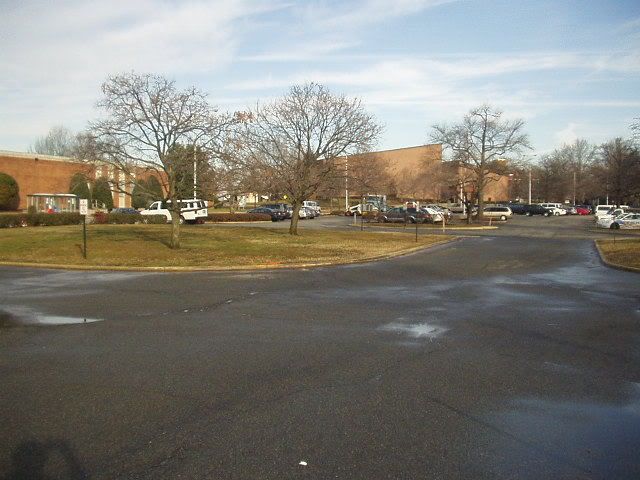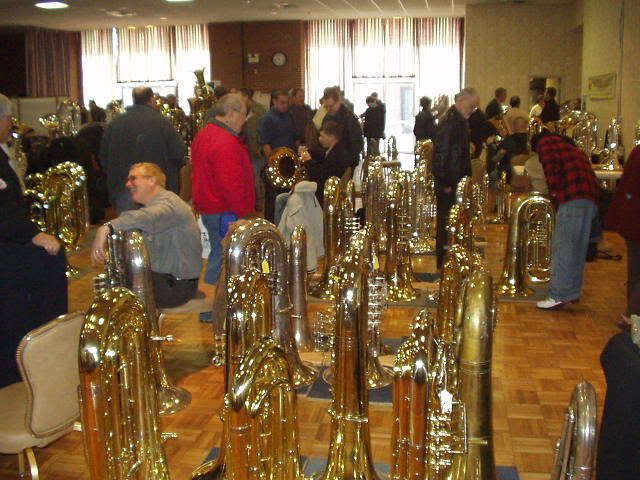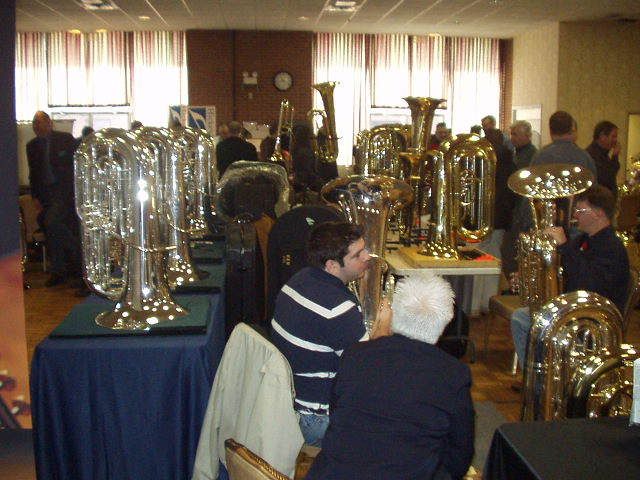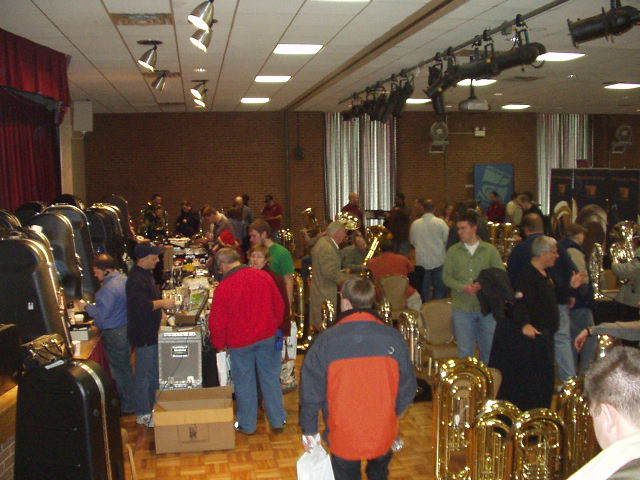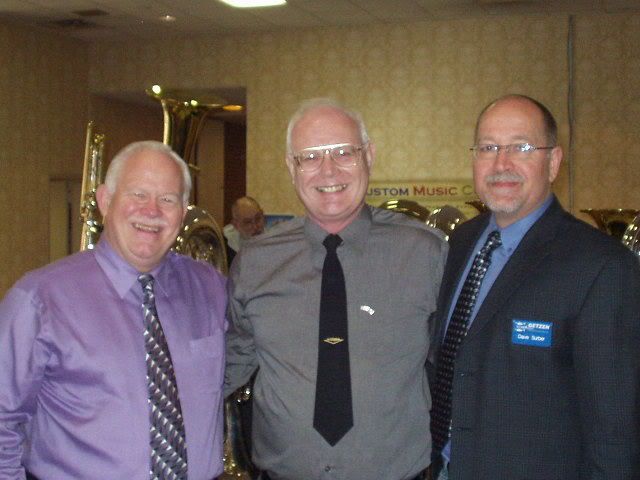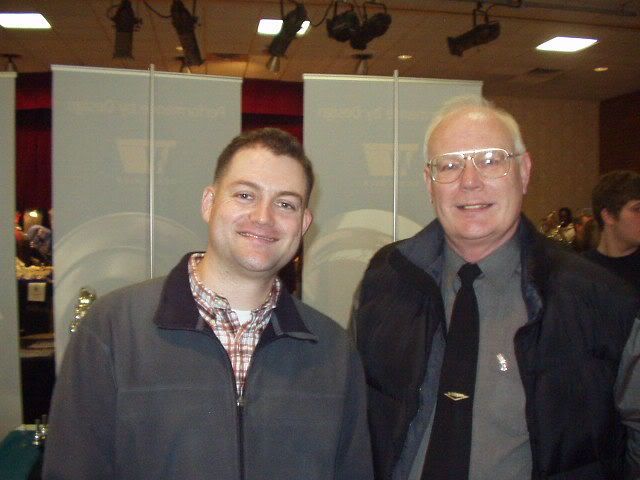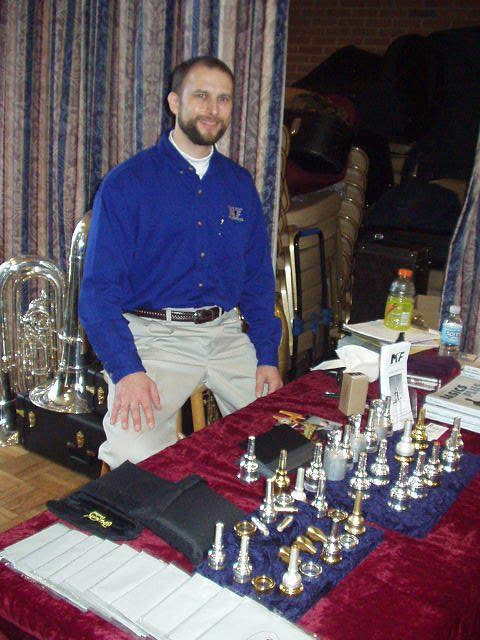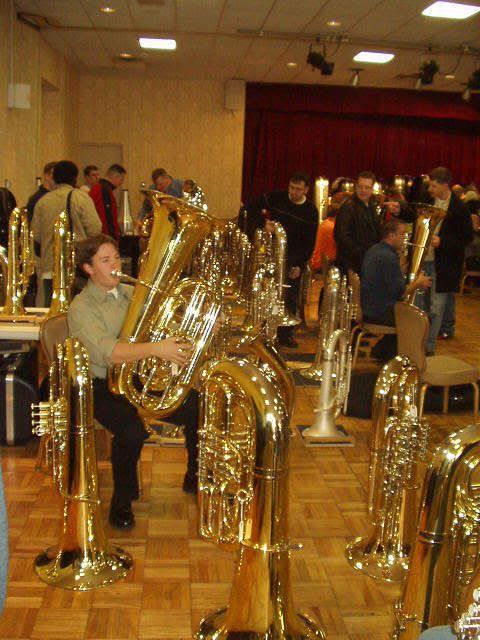I went to the conference with the intention of buying a new horn to replace my 32 year old Besson New Standard.
I think I played every comp euph on display, both new and used, at least twice, and some as many as a dozen times. With the exception of the Kanstul and the Chinese-made euphs, every horn I tried was much easier to play and much more responsive than my New Standard.
The two that stood out as the best fit for me were the B&S PT37 and the Sterling Virtuoso.
B&S PT37 - despite preferring the "British" sound, I came very close to buying this horn. Extremely open and free blowing across the entire range; very precise slotting; outstanding control and responsiveness at all volume levels. This horn sang. Has an adjustable lefthand handrest/brace which I found very helpful for supporting the horn.
[/b]Sterling Virtuoso[/b] - WOW! (I'm so impressed, I'll say it backwards: !WOW

)
This horn exceeded my already high expectations. Even new, the valves were quick and smooth. (To my mind, the best valves of all the horns I tried.) Classic, dark "British" sound. Flexibility, slotting, intonation: all outstanding. The consistency across all three display horns was amazing.
Various people have commented regarding this or that horn that one only had to think a note and there it was. That was my experience with the Virtuoso. On the top end, I tried—and was able to hit—notes in the upper register that I've never been able to reach before, at both pp and ff (I normally top out a C (concert) an octave above the staff (BC); I was consistently able to hit the C#, D, and Eb above that with good tone, and even hit one E nat); the F below the staff down to the pedals was solid and completely open. High-to-low and low-to-high register jumps have always been a nemesis; I could toss them off on the Virtuoso with very little effort. Sat. morning, before the exhibits officially open, I went to the Sterling stand, grabbed a Virtuoso, and, without warming up (yeah, I know, not smart), played a second line Bb, pedal Bb, and immediately nailed a solid Bb an octave above the staff.
Visually, the Virtuoso "pops." The gold trim appears significantly more saturated than the trim on the 842, PT37, and Prestige.
Ultimately, the dealbreaker for me was my budget; and even then, it was all I could do to keep from pulling out my credit card. The upshot of my testing is that I'm postponing purchasing a new euph for a year (unless I win the lottery first) in order to buy a Virtuoso.
Other models:
Besson 2051/2052 - quite frankly, I came away disappointed by the Prestiges. After all I had read and heard about the new valves, I was taken aback by the sluggishness of the valve action: I played every one of the Prestiges on display at the Besson and the other vendors' stands at least four or five times over the course of the two days, and consistently found the valves were still on the return stroke when I was playing the next note. (I did not experience the same sluggishness with the 967s or 968s, though.) This may have been because the valves were not bedded in yet, or because the horns were not fully prepped, but it was still something of a disappointment.
To my ears, the sound was classic Besson: dark, focused, lyrical; very much what I expected. (Some people have commented that the sound of the new Bessons is brighter than in the past, but I did not notice this, though that may have been due to the ambient noise level in the exhibition hall.)
The top end and the pedals were both very open and very easy, but I found the Prestige a bit more work and less easy for me to center in the upper register than the Sterling Virtuoso, York Eminence, and B&S PT37.
Besson 967/968 - some inconsistency in my experience here. I found the 967s at the Besson stand to be more open in the pedals and to sing better throughout the range than the 968s, but at the WWBW and Dillon stands, the 968s were more open and better than the 967s.
The valve action was noticably better across all horns than on the Prestiges.
Sound as as expected. Interestingly, I could literally feel the entire horn vibrate when playing the second line Bb (BC). (Several others I talked to mentioned this as well.)
York Eminence - could be the exact same comments as for the Prestige, except without the valve problems and slightly less work on the top end. Nothing really stood out to distinguish it from the Prestige, except the smoke/black trim, which I found visually underwhelming.
Willson 2900 [with the caveat that the only large shank 2900 on display was a used horn] - much more open and free blowing than the Euro-shanks that were on display. I had read comments on other boards that the large shank 2900 is a different horn than the Euro-shank; based on my experience, I agree completely. Focused, very open pedals and very easy top end. I understand why Charley Brighton calls the large shank 2900 the "Rolls Royce" of euphs. Noticably brighter than the Bessons.
Hirsbrunner HBS 378 - bright sound; very easy to play, but nothing stood out that made me want to go back and play it again.
Kanstul CEU 975 (silverplated with detachable lacquered bronze bell) - quite a looker, but very hard to play compared to others, possibly because bronze is less resonant or harder to initiate resonance in than brass; high resistance, possibly owing to smaller bore (.570/.593); solid, dark tone; significant intonation issues. I didn't try it with a tuner, but the third and sixth partials were glaringly out of tune.
Miraphone M5000 - didn't work for me.
Meinl-Weston 451 - can't comment because third valve consistently stuck in the down position.
Meinl-Weston 551 - stuffiest of the euphs I tried from F below staff (BC) to pedal Bb; didn't work me.
Yamaha 842 - very consistent sound and intonation from pedals to top end; not as easy on top end as competition; brightest of all premium horns I tried.
Dillon Music comp euph (satin silver with bright silver bows and trim) - Like the Kanstul, quite a looker. I saw at least 9 sponsored players trying it out over the two days. As you would expect from a stencil horn, it's Chinese-made. Tone, flexibility and intonation were acceptable, but slotting was very spotty in the upper register: overall, very similar to the Tuba Exchange comp euphs I've played. The horn was light for a comp euph (I thought it felt a little less substantial than the Tuba Exchange comp euphs). Fit appeared to be ok, but some parts, especially the bows, wire guards and the mpc brace, appeared unfinished (squared edges rather than rounded; the mpc brace reminded my of a wooden ice cream spoon bent in half). Ok for the price ($2495), but probably not much resale value down the road.
The
Real Surprise of the week was being approached by a sponsored player on Sat morning while trying out a horn from a different manufacturer and being told I was a good player! (Especially since I never made it past district level in high school and until last Sept, I hadn't played a lick in almost 28 years!)

